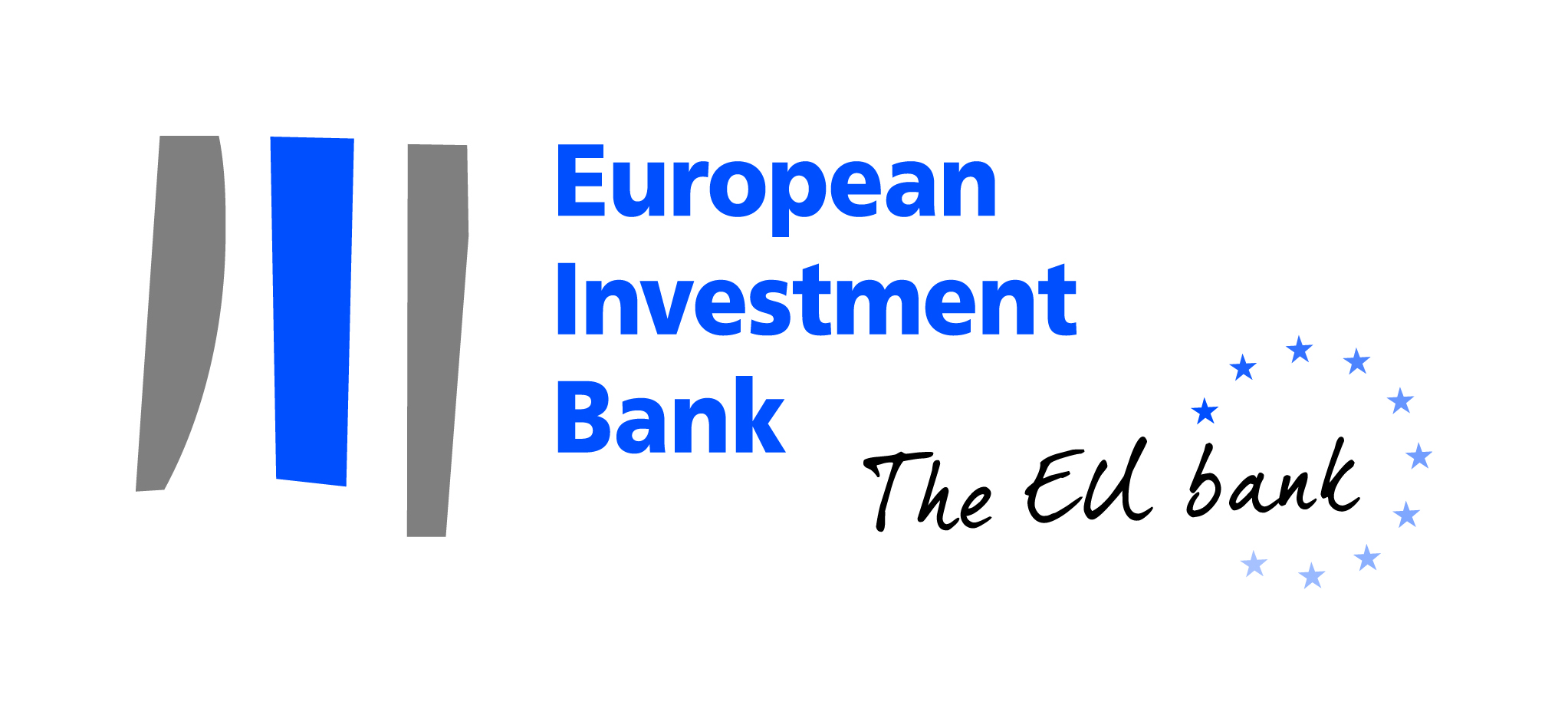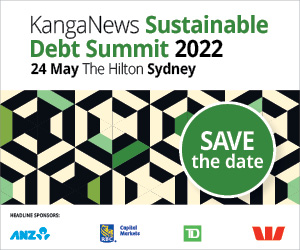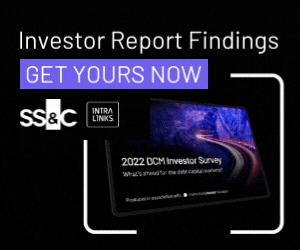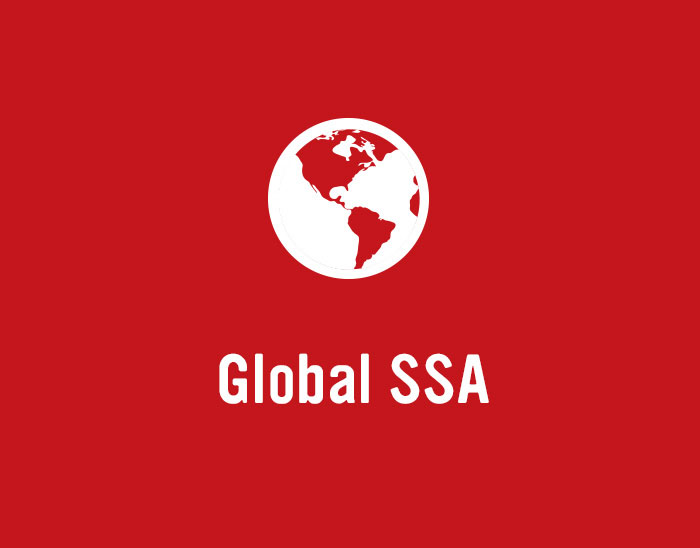
EIB cements climate-bank status in global market
European Investment Bank is accelerating issuance of use-of-proceeds sustainability bonds, breaking new ground in noncore currencies and leading the development of sustainable finance. In 2021, the supranational also recorded its best Kangaroo issuance year since 2010, driven largely by its sustainability programme. Dominika Rosolowska, sustainability funding officer, and Jorge Grasa, public markets funding officer, at EIB in Luxembourg, discuss the future of the bank’s bond programme.
European Investment Bank (EIB) issued more Kangaroo bonds in 2021 than it has in more than a decade: A$3.7 billion (US$2.6 billion), around two-thirds of this issued in Climate Awareness Bond (CAB) or Sustainability Awareness Bond (SAB) format. How confident is EIB of further growth in 2022?
GRASA The bank hopes to maintain the same level of Kangaroo issuance in 2022. Nevertheless, this is fundamentally about investor demand. If appetite for EIB bonds is there, the bank will try to meet that demand.
ROSOLOWSKA On the sustainability funding side, it has been an absolute record year for us with A$2.4 billion raised between CABs and SABs. This includes the new A$1.25 billion CAB 2027, which has just been awarded the SSA Kangaroo Deal of the Year by KangaNews. We see structural demand for Kangaroo bonds in these formats from onshore investors and offshore from markets like Japan, and interest has been growing significantly over the past couple of years.
We would like to continue issuance at this pace but we also need to consider relative conditions that may be achieved in the Kangaroo market versus others.
EIB tapped the Kauri market with a NZ$250 million (US$282.4 million) CAB in 2021, only its second ever New Zealand dollar deal. Is there more potential for this market in sustainability format?
ROSOLOWSKA On the sustainability funding side we have had relatively little experience in this market thus far. However, the inaugural transaction was driven by green demand – it is what made it happen. Other issuers have also chosen green format for their outings – which points to the fact that interest is growing and there may be potential to do more. We will continue exploring CAB and SAB issuance opportunities in Kauri format into the new year.
“We have done some investor work to try to ascertain interest in New Zealand, but it is very onshore-driven. The feeling we have about the New Zealand dollar market is that CAB and SAB issuance is the likely way to drive demand for EIB bonds.”
Button TextIs there enough investor interest to sustain more frequent Kauri issuance, regardless of format?
GRASA EIB has been trying for many years to access this market, but for various reasons the bank has been unable to gain enough traction to launch a new deal. The last bond we issued before the 2021 CAB totalled NZ$200 million back in 2018. Although it was fully subscribed, there was not much more traction. We have done some investor work to try to ascertain interest in New Zealand, but it is very onshore-driven. The feeling we have about the New Zealand dollar market is that CAB and SAB issuance is the likely way to drive demand for EIB bonds.
How does investor appetite for EIB’s CABs and SABs compare with its vanilla issuance?
ROSOLOWSKA In several markets, including Australia and Canada, there has been a profound change in how we engage with investors. It is a quite different story from a year ago. Arrangements aiming for a higher degree of transparency, accountability, reliability and comparability in the use of funds are attracting more interest from investors.
For instance, we have been receiving unsolicited enquiries not only relating directly to our market activity but also to how we approach sustainability funding and alignment with the evolving sustainable-finance legislation in the EU. EIB is showcasing the early application of this legislation and our approach in this area is the basis of engagement with investors, including outside Europe.
Will the price premium sustainability bonds attract continue to grow?
ROSOLOWSKA The answer here may not be straightforward. Sustainability and vanilla transactions are often difficult to compare – different maturities are accessed at different points in time and the pricing issuers get in the primary market is a result of a multitude of factors.
If we see more demand for sustainability bonds and the supply is a function of what can be provided to the market given the availability of projects on the lending side, we may see a demand-supply dynamic play out. Tighter curves in the secondary market may become the basis for pricing new transactions or increasing existing ones. Whether such a ‘greenium’ persists and at what magnitude remains to be seen.
GRASA There should not be a huge difference in pricing between sustainability and vanilla issuance, because at some point vanilla issuance will become scarcer.
“On the sustainability funding side, it has been a record year for us with A$2.4 billion raised between CABs and SABs. This includes the new A$1.25 billion CAB 2027, which has just been awarded the SSA Kangaroo Deal of the Year by KangaNews.”
Button TextEIB is accelerating its climate-related and environmental-lending goals, stepping into its new role as “Europe’s climate bank”. Will investor appetite for CABs and SABs grow alongside sustainability funding needs?
ROSOLOWSKA The commitment enshrined in EIB’s Climate Bank Roadmap is to grow the share of new annual lending to green projects to 50 per cent by 2025. Another important commitment we have made is that this green lending be tracked in line with the framework established by the EU taxonomy regulation.
This green lending will have to be seen through the lens of the EU taxonomy regulation, which means sustainability objectives and technical-screening criteria will be established in a manner as prescribed by the regulation.
Therefore, looking at EIB’s institutional commitments, there should fundamentally be more demand for green investments on the sustainability lending side. This could translate into more appetite on the EIB side for issuing CABs and SABs.
However, there are still certain unclear elements. These commitments will be grown over years – it will not happen overnight. What matters for us on the funding side is the actual flow of funds. Disbursements to eligible projects typically take time, even years in some cases, to materialise – particularly if the classification rules are still in the making.
EIB is using the EU taxonomy regulation and the proposed EU green-bond regulation to issue its CABs and SABs. While the bank has actively contributed to the development of these frameworks, they are not set in stone. What are the challenges to issuing bonds using regulations that are still evolving?
ROSOLOWSKA The EU taxonomy provides a framework within which sustainability should be approached more objectively. Essentially, whatever financial product is to be called sustainable or green, its ‘sustainability’ or ‘greenness’ should come from the use of proceeds.
Therefore, a kind of sustainable investment chain is originated in the real economy where the impact of an economic activity should be measured, in reference to a set of objectives and technical-screening criteria defined by an authority based on public consultations.
These are the core ideas or concepts enshrined by the EU taxonomy regulation. This approach, which embodies the fundamentals of the EU’s approach to sustainability, should remain largely unchanged at conceptual level.
The EU taxonomy regulation will be gradually supplemented through delegated acts that put forward the technical-screening criteria for a given sustainability objective. These criteria will naturally evolve over time as technology develops and the taxonomy covers a wider set of economic activities.
The use-of-proceeds documentation for EIB’s CABs and SABs states that the bank will allocate funds in line with evolving EU sustainable-finance legislation. This allows us to adapt our practice, as required, in light of how the legislation advances.
In practice, proceeds are allocated to flows of monies that take place after the issuance of the bond. The administration of CABs and SABs requires the eligibility of a given project be ascertained at the time of every single allocation. This will allow EIB’s project experts to adjust project eligibility in a dynamic fashion – for instance, if the scope of a project changes or, going forward, if a delegated act makes a project no longer compliant with the technical-screening criteria.
EIB’s gradual alignment with the evolving EU sustainable-finance legislation is subject to annual audit. Reasonable assurance, as per ISAE 3000 standard, is provided by KPMG.
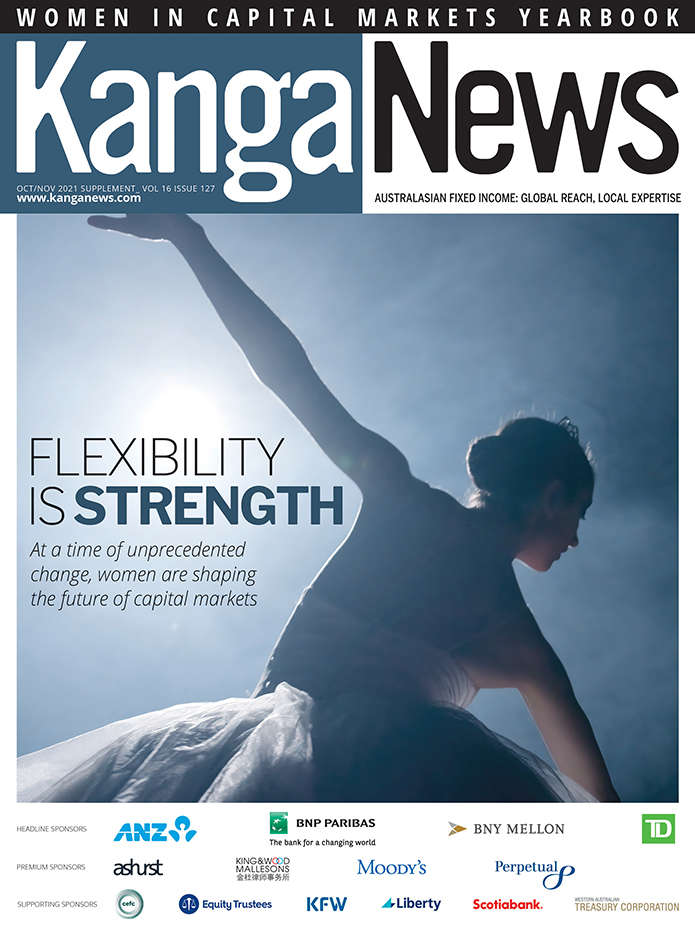
WOMEN IN CAPITAL MARKETS Yearbook 2021
KangaNews's annual yearbook amplifying female voices in the Australian capital market.
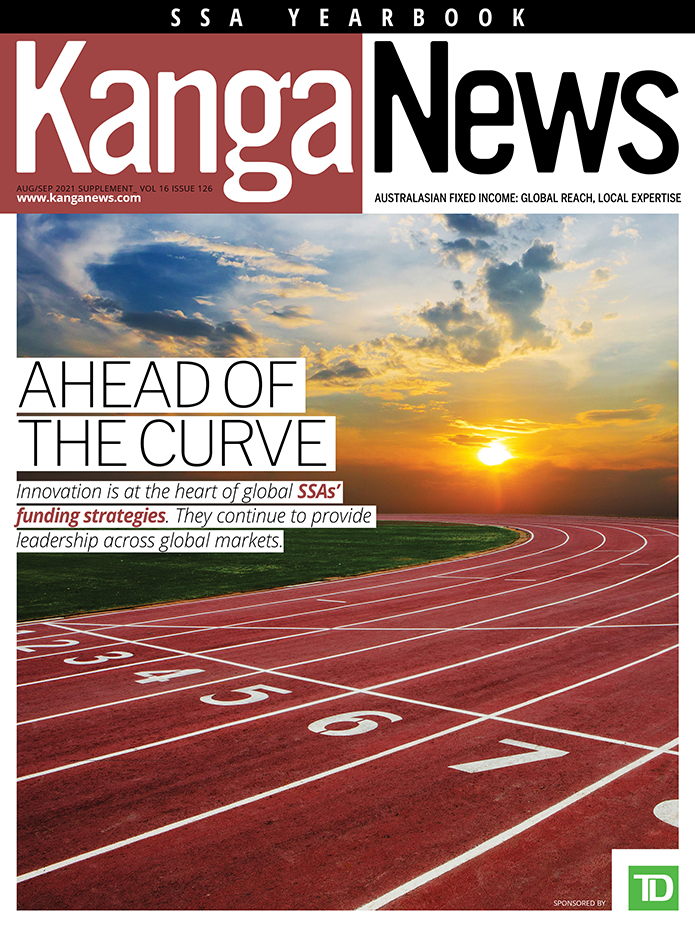
SSA Yearbook 2021
The annual guide to the world's most significant supranational, sovereign and agency sector issuers.
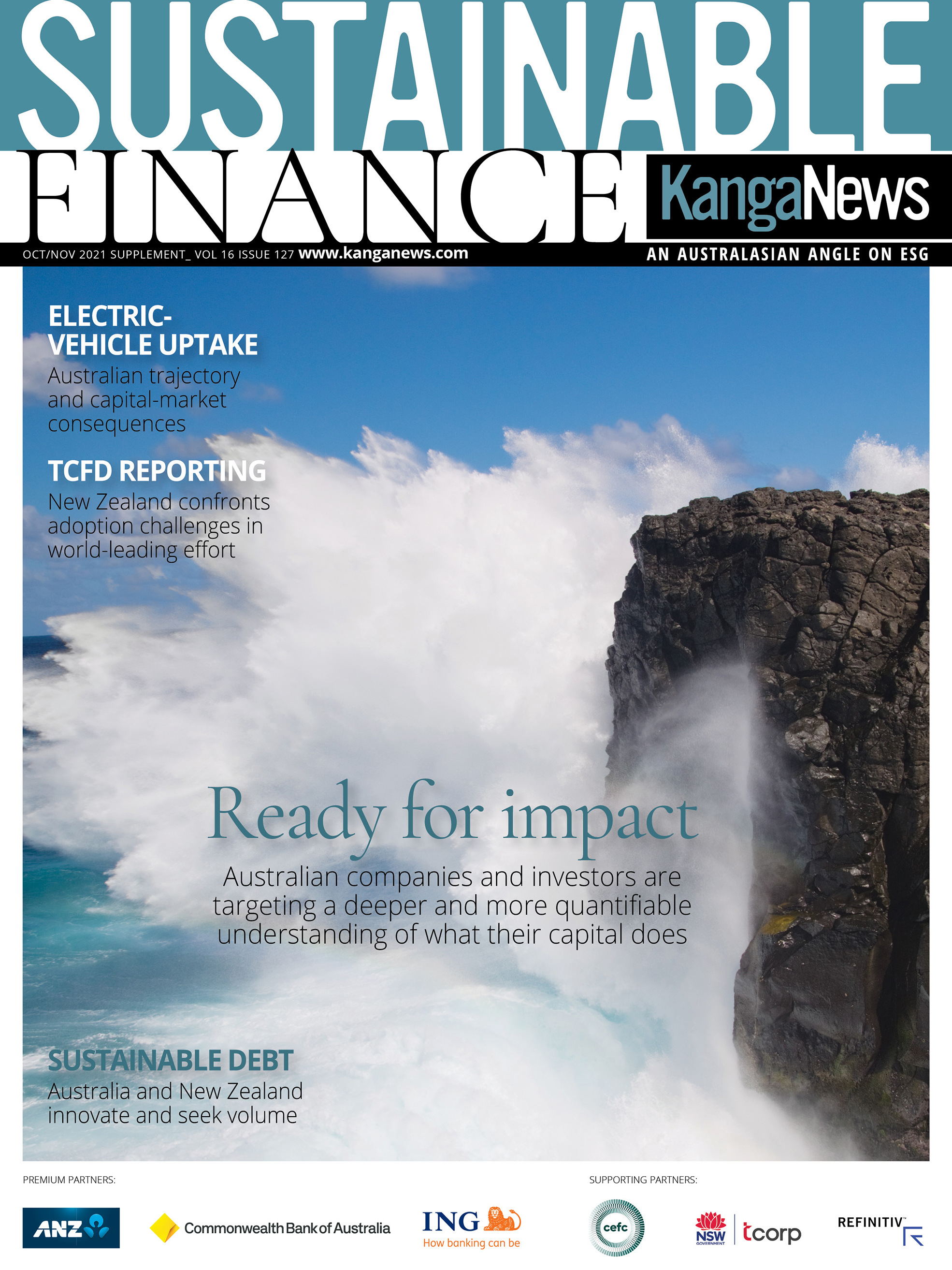
KANGANEWS SUSTAINABLE FINANCE H2 2021
KangaNews is proud to share cutting-edge information from the global and Australasian sustainable debt market.


